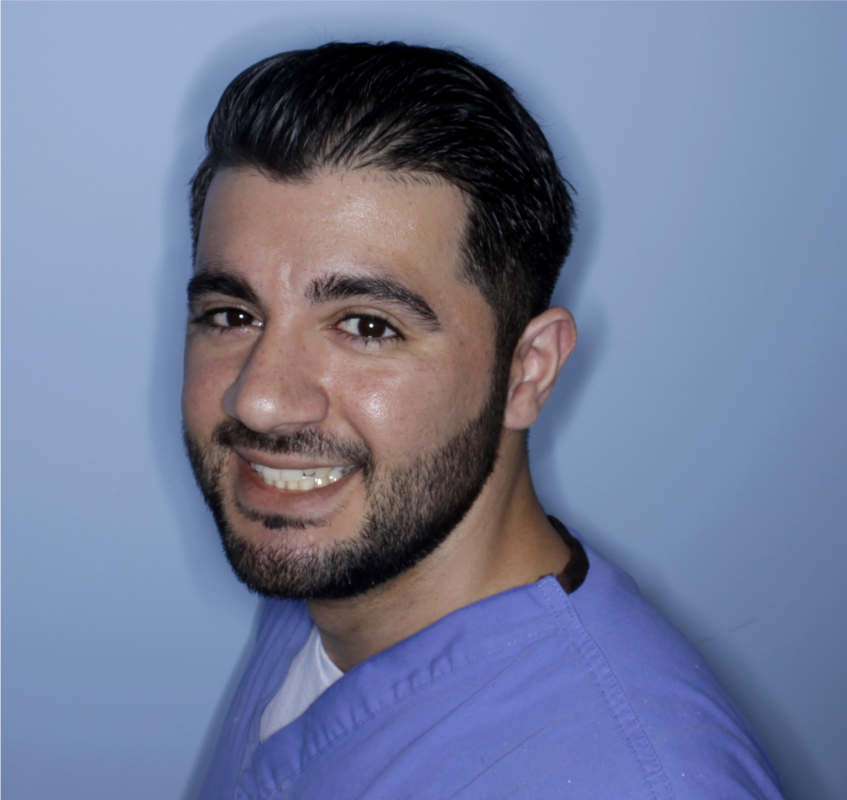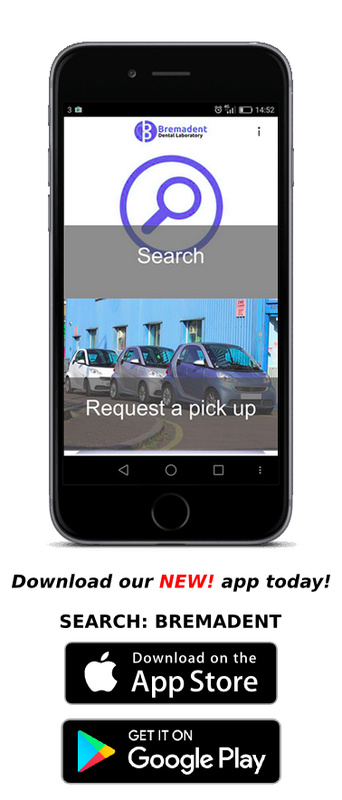|
Information from the patient facial features creates the parameters for the technician to work too. As the Technician will not see the patient, we have to provide this information in a form that they will understand e.g lines scribed on a bite rim. The retention, extension, stability and support of each base plate would be the assessed individually before continuing. If any of the above is not correct preform an imp wash inside of the base plate and have a new model made. If all of the above is sufficient, continue assessment: Orientation, Frontal Plane & Occulsal Plane With the use of a Fox Plane, asses the frontal plane by placing the fox plane on the bite block anteriorly and checking if it's parallel to the interpupillary line. Adjust anterior section if one side is higher or lower until this is achieved. Use a heated Rim Former. The occlusal plane is checked by keeping the fox plane in the same position and placing a horizontal device e.g ruler from the ala of the nose to the tragus of the ear and making sure the orientation of the FP is parallel to to this. This will set the orientation of how the anterior and posterior teeth will be placed for aesthetics, phonetics, comfort, chewing efficiency and balanced occlusion. Tissue support is determine by preference, clinical decision e.g checking the profile buccally of the previous denture. This determines how far the anterior teeth will be positioned forward and how thick the anterior flange shall be. Facial Features Facial features sets the parameters for the anterior teeth in terms of mould selection, e.g width and height of anterior teeth & positioning of the teeth within the centre line & canine lines. All facial features should be scribed onto the upper bite registration. The centre line (mid line) is dictated via the philtrum, DO NOT use the nose, as this can be give a false reading as the nose is not usually centralised with the mid line of the face and can be skewed. This allows centralisation of the upper centrals to the exact mid-line of the patient. The canine line is dictated via the width of the nose, this is common in 95% of humans. This determines the width of the anterior teeth. The canines should not go past this line, unless other factors dictate the canine lines e.g patient preference. The body or the labial mesial body should be on or just after this line in the tooth set up, this will allow a natural alignment within the patients facial features. Smile Features Smile features work in sync with the facial features, for the creation of the anterior parameters. This also determines how much tooth should be shown when the patients is smiling or how much is shown when the patients lip is at rest, for example when the patient smiles and shows too much gum, this would mean that the smile line should be set higher and the anterior teeth should either be set higher or more of the necks of the teeth exposed to correct the 'Gummy Look'. The smile line is dictated from the bottom of the upper lip at the highest point (high lip line). Ask the patient to preform a big smile and scribe this on the bite block at that level (cold wax knife, never use a heated instrument). This dictates how much tooth neck and gum is shown when the patient smiles, it also can dictates the dentogenics of the smile by optimising tooth positioning. The low lip line is dictated by many factors including age. Ask the patient or use the previous denture to dictate how much bite rim should be shown and make sure you tell the patient that this is how much tooth will be shown when the lip is relaxed. With the combined parameters of the facial features and smile features, it creates a box, within that box is the parameters for the aesthetics of the denture which dictates, the positioning, width and height of the anterior teeth. OVD, RVD & Free way space Once the aesthetic parameters is set, we need to establish the OVD and jaw relationship. With the help of a Willis guage, it will obtain the OVD by placing the solid arm facing towards you on the base of the patients nose and the second arm towards the patient that slides up and down on the border of the chin. You then lock it into position via the screw on the movable arm, this will show the overall vertical dimension (OVD) in mm. You can use the previous dentures and ask the patient to bite together to obtain the OVD and check the distance on the Willis gauge e.g 45 mm on the Willis gauge The RVD (resting vertical dimension) is obtained by removing the lower denture and asking the patient to close their lips together and check the number on the Willis gauge e.g 47mm on the Willis gauge. The mathematical answer shows that RVD 47 – OVD 45 = 2mm, this is now your free way space. Free way space is the distance between the occluding surfaces of the maxillary and mandibular teeth when the mandible is in its physiologic rest position. Once you have the previous measurements, place the MRs together to obtain the same OVD measurement, increase or decrease dependent on the situation. Make sure that the wax blocks have even bilateral contact. Once assessed, ask the patient to bite together several times and scribe a a location mark between the posterior regions of upper bite rim and the lower posterior block in a closed position. Check to see if the patient is producing a reproducible bite by the use of the scribed lines, asking the patient to roll their tongue backwards can help with creating a reproducible bite if the patient has abnormal bite patterns. Take the bite rims out and cut location grooves into posterior regions of the upper and lower bite rims to allow for space for the bite registration paste to lock together the U/L bite rims, this creates a jig saw effect and allows you or the technician to place the bite rims back together to verify its accuracy. Place back into the mouth and ask the patient to bite together once more to check if the bite is reproducible, open and place the paste only in the posterior region, location groove areas and ask the patient to close. Warn the patient, when they open the bite rim will be joined together. Check and verify if needed. Remember, all of the hard work preformed to obtain all of the information will not work if a shade has not been taken. Bremadent Premier | London | Dental Laboratory | Full Service
0208 50 8528 | [email protected] | www.bremadent.co.uk | Like us on Facebook | Review us on Google
0 Comments
Your comment will be posted after it is approved.
Leave a Reply. |
Private Dental Laboratory in London
 Kash Qureshi - Managing Director, Clinical Dental Technician Kash Qureshi - Managing Director, Clinical Dental Technician
About the author:
Kash Qureshi is a Clinical Dental Technician (Denturist) in the U.K who oversees and quality controls over 3000+ fixed and removable prosthesis including implant cases from a clinical and technical aspect monthly at Bremadent Dental Laboratory & Swissedent Denture Clinic in London. www.swissedent.co.uk www.bremadent.co.uk [email protected] Categories
All
Archives
May 2024
|















 RSS Feed
RSS Feed